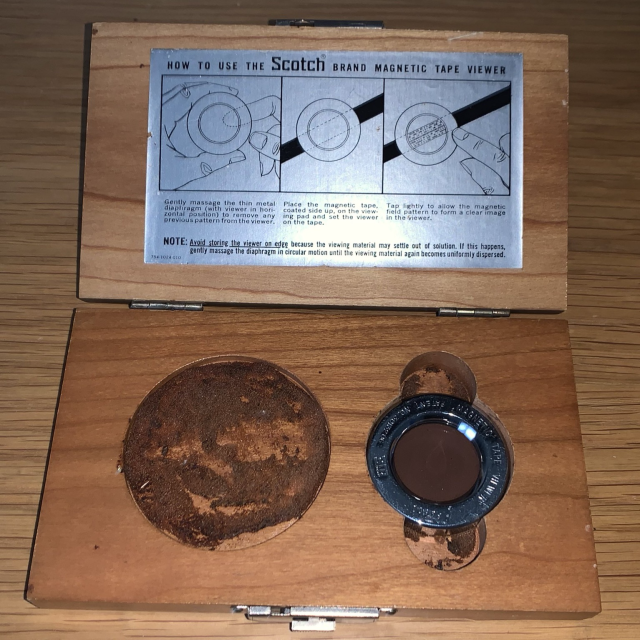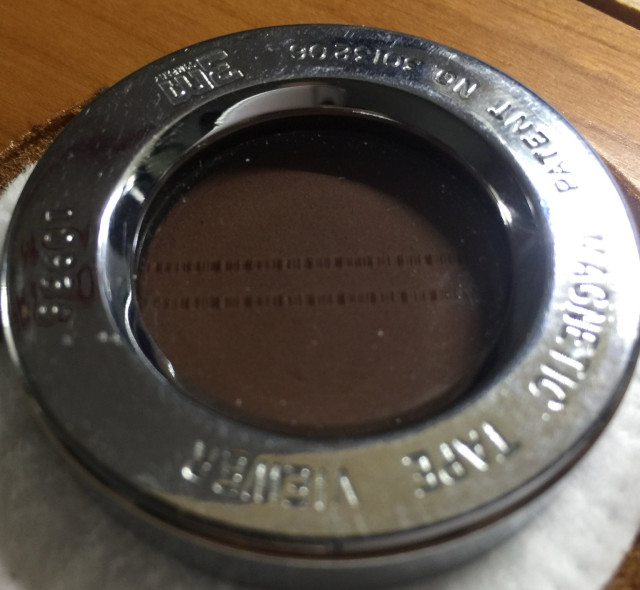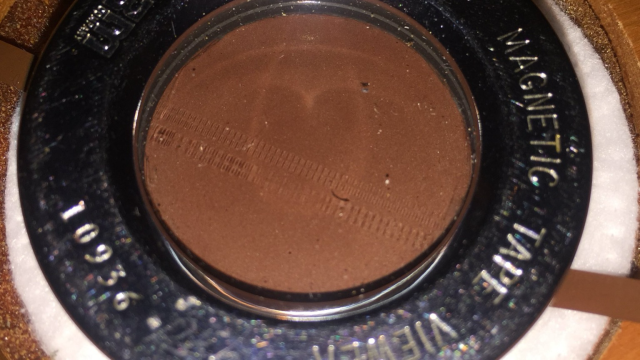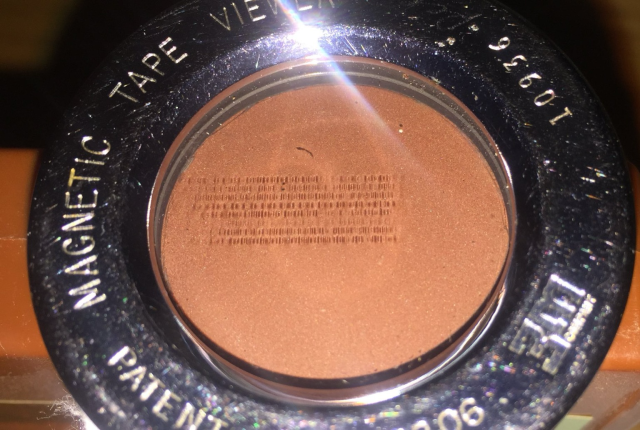Search
Items tagged with: retrotech
Todays #RetroTech
Scotch 3M Magnetic Tape Viewer
These are rare beasts, a useful tool for Audio Archiving. It rests on the Tape, showing the Magnetic Pattern
Ensures you get the right Head Configuration first time
Here’s - Quarter Track, Half Track & 8 Track
Before anyone asks, no, it doesn’t work on Helical Video as the Tracks are too fine. But it does show Edge Track Audio & Sync Pulse
github.com/mgroeber9110/talx91…
#Accessibility #Blind #RetroTech #ScreenReader

GitHub - mgroeber9110/talx9110: TALX screen reader for the Nokia 9110 smartphone
TALX screen reader for the Nokia 9110 smartphone. Contribute to mgroeber9110/talx9110 development by creating an account on GitHub.GitHub
If like me, you were a child of the '90s, you might remember "ReBoot" – a pioneering 3D animated kids series created by Vancouver's own Mainframe Entertainment.
These documentarians have gotten a hold of the original, uncompressed digital masters. The problem is, they're in the D-1 format.
If anyone in the #retrotech community has access to a Bosch BTS D1, or a comparable D1 player/decoder, I urge you to reach out to @ReBootReWind (on Twitter) to help preserve #ReBoot!
globalnews.ca/news/10194517/re…
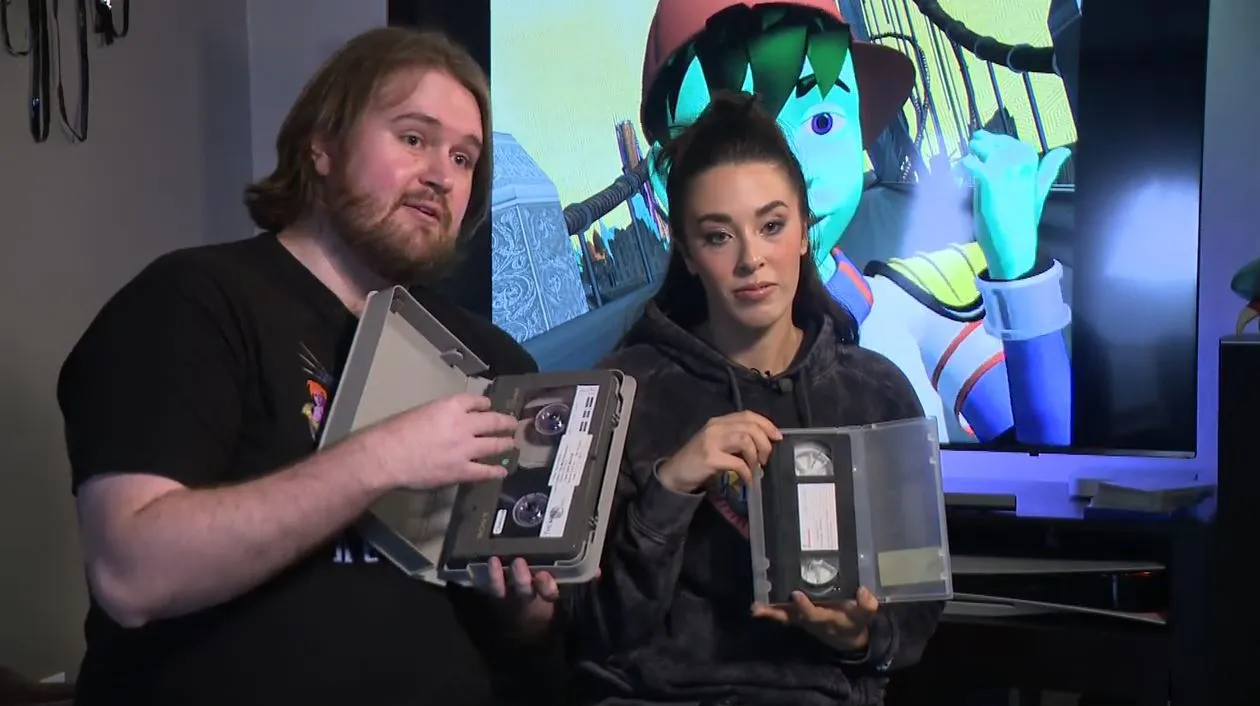
B.C. documentarians secure original ‘ReBoot’ master tapes, but need help to play them
A pioneering work for its time, Vancouver-produced 'ReBoot' was the first full-length 3D animated TV series. A pair of documentarians have now secured the show's digital masters.Simon Little (Global News)
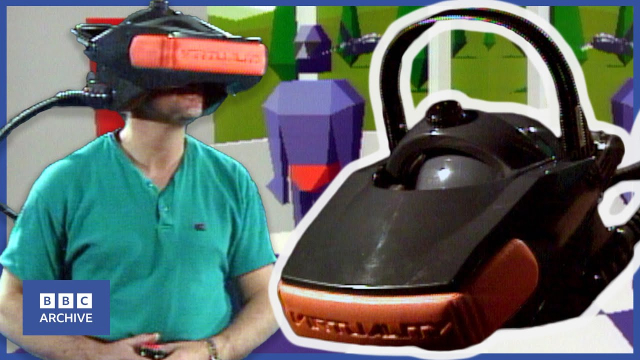
1990: Welcome to VIRTUAL REALITY | Tomorrow's World | Retro Tech | BBC Archive
Howard Stableford and Kate Bellingham delve into the futuristic world of "virtual reality". Virtual reality is a term coined by computer programmers to descr...YouTube
en.wikipedia.org/wiki/Minitel
There were many devices invented to make Minitel accessible to the blind, although the system itself wasn't designed with this target group in mind. Mostly, they were external speech synthesizers like in the case of Lectel:
lemonde.fr/archives/article/19…
or the Valentine text-to-speech card for the Apple II:
blog.atalan.fr/valentine-carte…
The history of the Eurobraille company, the makers of the popular Esys, Esytime and B.Note Braille displays, starts also with a speech synthesizer for the Minitel terminals.
eurobraille.fr/notre-histoire/
As I found out, however, most of France's blind community at that time did not have access to this kind of technology and Minitel only became accessible on a global scale in the 90's when regular PC's did but then it was almost the time of the Internet so it never gained the same momentum as it did with the society at large. Pity as this could have been an opportunity to push the inclusion of blind and partially sighted people to whole new levels.
Always design with accessibility from the start!
#Accessibility #Blind #AdventCalendar #France #Internet #Minitel #Videotex #RetroTech

Les ordinateurs ont la parole
Un Salon vient d'être consacré aux machines parlantes et aux innovations techniques destinées aux aveugles. Le matériel existe, pas encore le marché !CHRISTIAN TORTEL (Le Monde)

